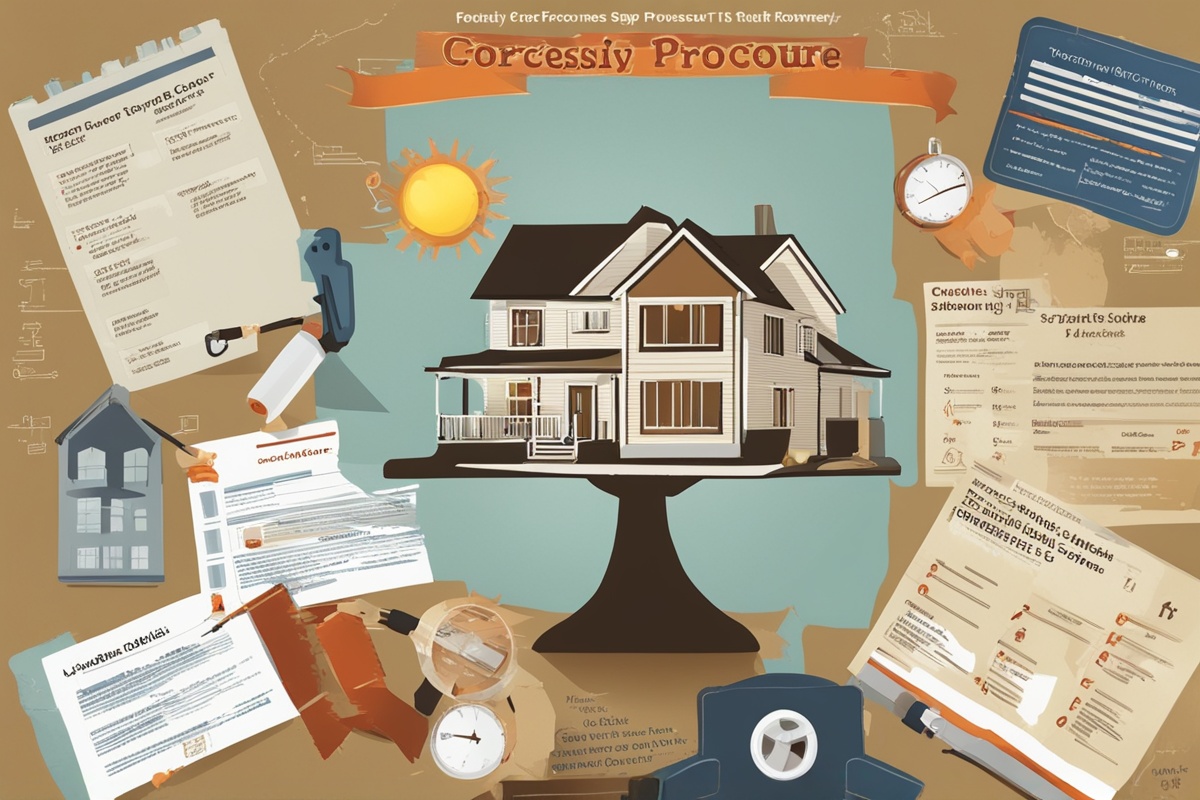Navigating the complexities of property seizure can be a daunting experience, whether you’re a homeowner, tenant, or business owner. Property seizure, often initiated by creditors, government entities, or legal authorities, can result from unpaid debts, tax liens, or legal disputes. Taking proactive measures before a seizure occurs is critical to protecting your rights and assets. In this comprehensive guide, we’ll walk you through the essential steps before property seizure to help you prepare, mitigate risks, and potentially avoid the loss of your property. By following these steps, you can gain a clearer understanding of your situation and take informed actions.
Understand the Legal Basis for Property Seizure
Before taking any action, it’s crucial to understand why property seizure is being threatened or initiated. Property seizure can occur due to various reasons, such as unpaid mortgages, tax debts, or court judgments. Familiarize yourself with the specific laws and regulations in your jurisdiction that govern property seizure. For instance, in the United States, the process often involves a legal notice or writ of execution issued by a court. Researching the legal basis for the seizure will help you identify whether the action is lawful and if there are grounds to challenge it. Consulting with a legal professional can provide clarity on your rights and obligations during this process.
Assess Your Financial Situation and Debts
One of the most important essential steps before property seizure is to conduct a thorough assessment of your financial situation. Compile a detailed list of your debts, including mortgages, loans, credit card balances, and any outstanding taxes. Identify which debts are in default and prioritize them based on the risk of seizure. For example, unpaid property taxes often lead to liens or seizures faster than other types of debt. Understanding your financial standing will help you determine which creditors or entities are most likely to take action and allow you to strategize accordingly. You might also consider exploring debt relief options, such as negotiation or consolidation, to prevent escalation.
For more insights on managing debt, check out our post on Financial Planning Checklist for Debt Management.
Communicate with Creditors or Authorities
Open communication with creditors or the authorities threatening seizure is a vital step. Ignoring notices or failing to respond can worsen the situation, potentially accelerating the seizure process. Reach out to the creditor or agency to discuss your situation and explore possible resolutions. Many creditors are willing to negotiate payment plans or settlements to avoid the costly and time-consuming process of property seizure. Be honest about your financial constraints and propose realistic solutions. Document all communications, including emails, letters, and phone calls, as they may serve as evidence if disputes arise later. Proactive dialogue can often delay or prevent seizure while you work on a long-term solution.
Seek Legal Assistance Immediately
Legal representation is one of the most critical essential steps before property seizure. A qualified attorney can help you navigate the legal system, challenge the seizure if it’s unjust, and protect your rights. An attorney can review the details of your case, identify procedural errors, and advise on potential defenses, such as exemptions or bankruptcy filings. For instance, certain assets may be exempt from seizure under state or federal law, and a lawyer can help you claim these protections. Time is of the essence, so don’t delay in seeking legal counsel. If cost is a concern, look for legal aid organizations or pro bono services in your area. For more on finding legal help, read our guide on Checklist for Finding Affordable Legal Assistance.
Document and Protect Your Assets
Before a property seizure occurs, take steps to document and safeguard your assets. Create an inventory of your property, including real estate, vehicles, and personal belongings, with detailed descriptions, photographs, and appraisals if possible. This documentation can serve as evidence in case of disputes over ownership or value during the seizure process. Additionally, review your insurance policies to ensure they cover potential losses related to seizure. While you cannot hide assets to evade seizure (as this is illegal and can result in severe penalties), you can take lawful measures to protect exempt property or transfer ownership of certain items under legal guidance. Learn more about asset protection in our article on Asset Protection Checklist for Emergencies.
Explore Alternatives to Seizure
Finally, consider alternatives to property seizure as part of the essential steps before property seizure. Depending on your situation, options such as filing for bankruptcy, negotiating a short sale, or applying for hardship programs may be viable. Bankruptcy, for example, can trigger an automatic stay that temporarily halts creditor actions, including property seizure, giving you time to reorganize your finances. However, bankruptcy has long-term consequences, so it should be considered carefully with legal advice. Other alternatives include selling non-essential assets to pay off debts or seeking government assistance programs for tax relief. Explore all possible avenues to avoid the drastic outcome of losing your property. For additional strategies, see our post on Checklist for Debt Relief Options.
Disclaimer: The information provided in this article is for general informational purposes only and should not be construed as legal or financial advice. Property seizure laws and processes vary by jurisdiction, and individual circumstances can significantly impact outcomes. Always consult with a qualified attorney or financial advisor before taking any action related to property seizure or debt management. We are not responsible for any decisions made based on the content of this post.
References
- IRS: Understanding a Federal Tax Lien
- Consumer Financial Protection Bureau: What is a Judgment Lien?
- Nolo: Property Seizure by Creditors
- U.S. Courts: Bankruptcy Basics
- Federal Trade Commission: Debt Collection
This content is for informational purposes only and not a substitute for professional advice.



